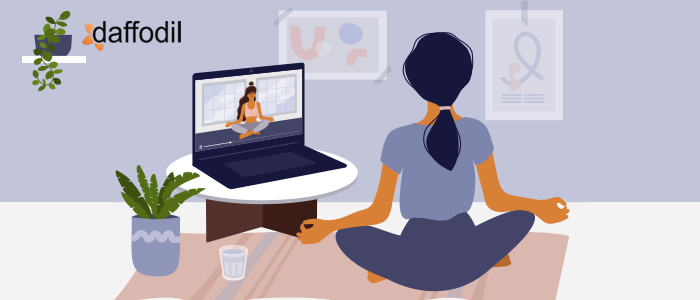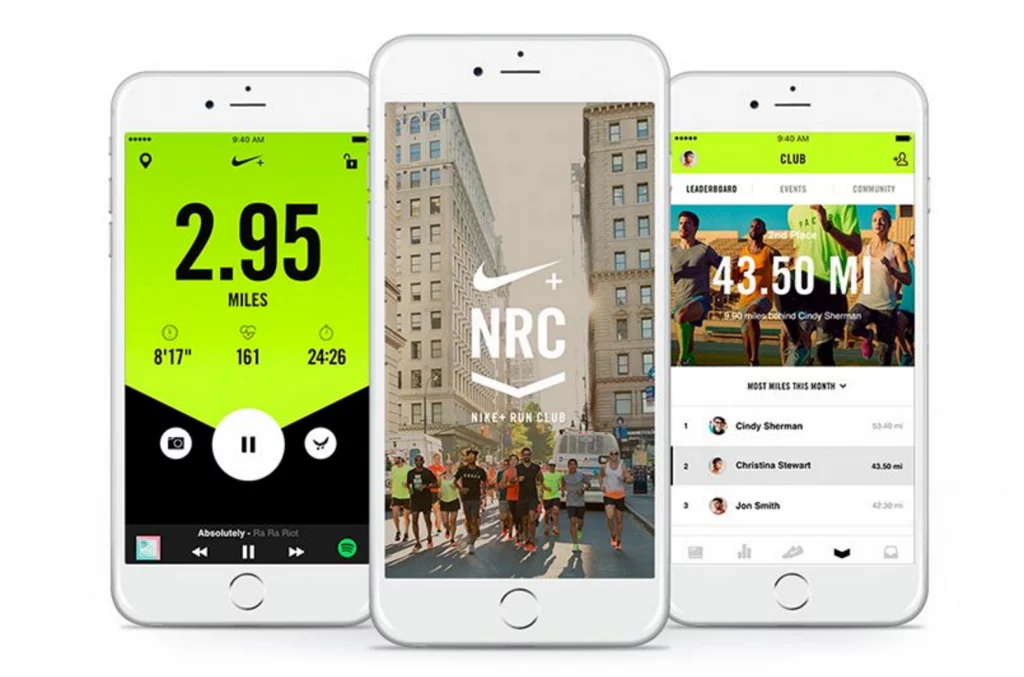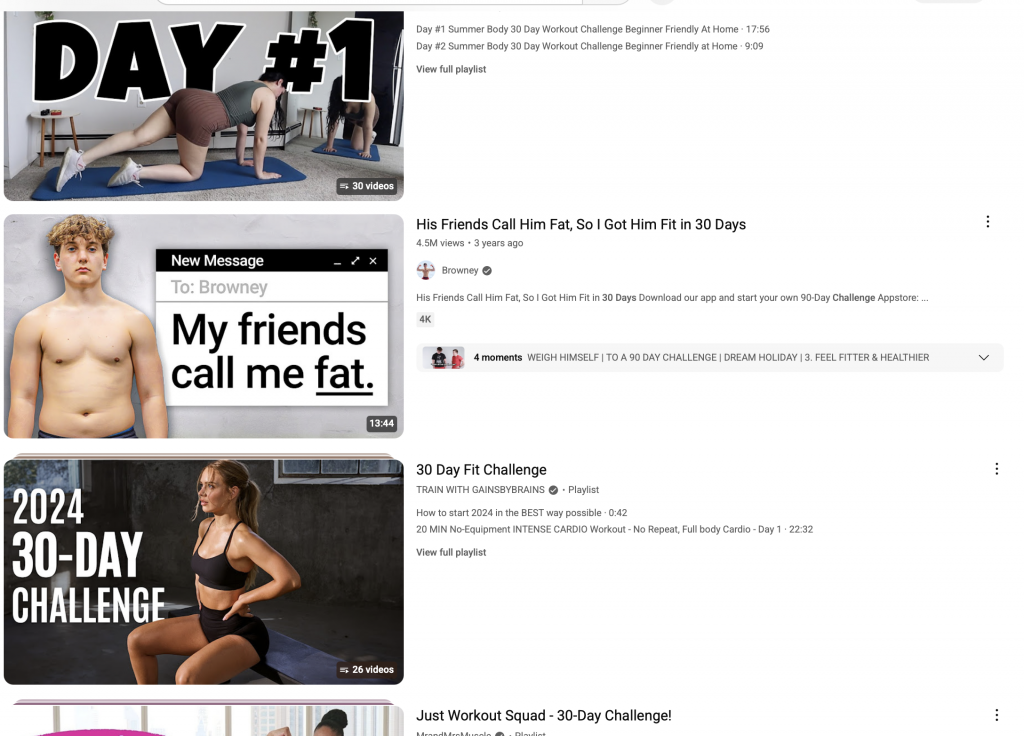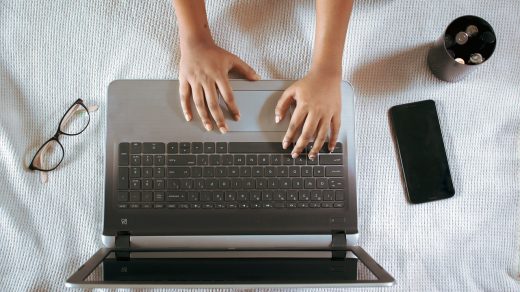
Last Friday, I tried to get to USC for the 7 PM yoga class, but I couldn’t make it in time. Due to construction, the bicycle lane was closed around the center of Leiden. I took a wrong turn and then tried to find another way using Google Maps. By the time it was 18:54, only six minutes were left until the class started. It was obvious I wouldn’t make it, but Google Maps suggested taking a shared road with cars. Since I had only been in the Netherlands for a month, I was still confused by the traffic rules, and the road didn’t look safe to me at all. I decided not to bike that way and went back home instead.
I realized how difficult it can be to get used to the traffic rules in a foreign country. I was also very sad because I could not join the yoga class, so I decided to do yoga with a Japanese online lesson in my room. Even though I had been eager to join in the in-person lessons, I enjoyed the online session very much. I could challenge harder poses than in the studio, at my own pace, since I could pause the video whenever I wanted. And because the class was in my first language, it was much easier to focus.
However, as soon as the video ended, and I closed my laptop, I felt lonelier than when I would have after an in-person class. My body and sense of reality returned, and I realized there was no real yoga instructor- just a video I could play back as many times as I wanted. My yoga teacher had my laptop.
Thinking about the relationship between exercise and the media, it’s striking how digital media has become deeply embedded in sports and fitness today. It’s not too much to say that the media leads our exercise. Looking back, I see that the media makes our exercise both more individualistic and more global at the same time.

For example, your number of steps you take each day is automatically recorded if you use an iPhone. You rely on a timer or clock for workouts, listen to music on your phone, Apple Watch or music player while running, record yourself in the gym, and track how many kilometers and minutes your train. Fitness apps and Youtube workout channels guide us with programs, and sometimes even push us to compare ourselves with others.
Why has the media penetrated exercise so deeply? Why do we feel we need it? What makes our workouts better because of it? The media makes our exercise individualistic, yet at the same time, it connects us by encouraging us to do the same poses, follow the same routines, or imitate the person on the other side of the screen.

With media, we stay motivated to exercise and maintain healthy habits for a certain period. It feels like a virtual coach shouting, “Keep moving! Just 30 days, just one month, just three weeks!”—as if change were that simple, even though there’s no guarantee. The problem is that we might also become too obsessed. The media often promotes positive body image, thin idealisation, and body consciousness. Has the way we view a “positive” body changed because of social media? Deep down, we already know the answer: it’s about balance. We should care less about other people’s bodies and how often they exercise.
We can not live without the media eventually. When we finish exercising, we close the app, stop the video, or take off the smartwatch. At that moment, our consciousness returns, and it feels like we’ve gone back to reality, even though we never left. But how does the digital media make reality feel different? When you put the device aside, do you feel more alive, more lonely, or no difference at all? And in the end, are we exercising for ourselves—or for the media that watches us?
Sources
https://insights.daffodilsw.com/blog/guide-to-launch-an-online-yoga-studio
https://www.nike.com/nl/nrc-app
https://www.healthfitnessrevolution.com/10-free-home-workout-programs-on-youtube




I feel like there should be a distinction between, for example, trackers and visual people.
In the latter case, to visually see another person might stimulate you more to have that body as a goal. You see what that person looks like when doing those exercises. So you can visualise the ‘ideal’ body. It then becomes harder to remember that it is about your health and about how you feel. Everybody is different and has different needs.
I have always worked out together with a team. During the pandemic, I followed workouts on YouTube. The instructor on YouTube just felt artificial and left me indeed kind of empty afterwards. While with my team, it felt more live or should I say alive. That human aspect is something that I do not think can be achieved through technology or media, since it is confined to a technological device.
This is a very thought-provoking reflection. I also experienced these moments where after finishing a workout video the reality feels emptier than before. It shows how our bodies are also conditioned by the digital media. I like your framing of the paradox between individualistic (eg. you can pause the video) and at the same collective (eg. using the same platforms, training trends, following the same advice as others) feeling of the exercise when using the digital content. Thinking about your central question, I wonder if there were as many runners out there if they couldn’t record their workouts. Because if their training would feel unmeasured and therefore unsharable, which is now a common practice and a source of motivation, would they then focus on a different source which now just occupies a smaller role or would they never take up the discipline? And as you say it is probably all about the balance, but I also recognize how this balance may be difficult to find for many people in this overstimulating era of sharing everything online.
This is a really insightful blog. You have precisely captured the paradox of fitness in the digital age. Nowadays, the bond between media and fitness has long surpassed being merely instrumental,instead it has become a formative spectacle. It promises individual freedom and personalization, offering the ability to exercise anytime, anywhere, and at one’s own pace.Meanwhile, it quietly lays down new tracks of discipline: step rankings, flawless bodies under filters, and the collective anxiety of thirty-day challenges. What appears to be an active choice is often driven by an invisible system of metrics that watches and motivates us. When the virtual coach disappears, the “self” once motivated by data also grows faint. A deeper dilemma lies in how this sense of “being watched” becomes internalized as part of who we are. We crave recognition through sharing, yet grow weary of endless comparison. Everyone knows the answer lies in “balance,” but it remains difficult to practice, because disconnecting means stepping away from a familiar system of meaning and source of motivation. Ultimately, fitness is no longer a simple dialogue between body and mind, but a complex negotiation between genuine needs and virtual performance. When we continue to construct ourselves, perhaps the true essence of “exercising for oneself” begins when we occasionally turn off the screen and listen to the voice of the body in the stillness, a voice that is not counted, and not performed for anyone.